USS. Saïpan LHA 2
English Transaltion
Amphibious Assault Ship - LHA/LHD/LHA(R) Description
Les navires de la classe Tarawa ressemblent à de petits porte avions Ces Amphibious Assault Ships sont l’élément essential dans la mise en œuvre des Amphibious Readiness Group (ARG) / Expeditionary Strike Group (ESG).
Ces navires transportent et mettent à terre une Marine Expeditionary Brigade (MEB) grâce à une combinaison de moyens aériens et navals
Car il peuvent mettre en œuvre des
avions Vertical/Short Take-Off and Landing (V/STOL),ainsi que Short Take-Off Vertical Landing (STOVL), des Hélicoptères tilt-rotor and Rotary Wing (RW) aircraft
Ce navire a été construit pour remplacer toute une série de navires de divers types comme les.
Landing Platform Helicopter (LPH) Porte Hélicoptère
Landing Platform Docks Transport de chaland de débarquement
LKA, or Amphibious Cargo Ship Cargo pour opérations amphibies
LCC Landing Ship Command and Control Navire de commandement
Landing Ship Dock Transport de chaland de débarquement
Donc ce navire de la classe LHATarawa et maintenant le LHD Wasp en plus d’être un navire d’assaut amphibie et aussi un navire de commandement et une ville flottante
Ils assurent la mise en œuvre d’une unité de l’ USMC .
Ces LHA avec leur grand capacité de stockage et de débarquement via les Landing Craft Utility (LCU)/ Landing Craft, Air Cushion (LCAC) boats sont donc nécessaires lors des opérations militaires comme Urgent Fury Desert Shield / Storm Operation Enduring Freedom Iraqi Freedom mais aussi lors de déploiements s pour assistance humanitaire comme le Tsunami de2004 ou l’ouragan . Katrina
Ces LHA ont été commandés en 1969 et mis en service entre 1976 et1980
LHA 1 USS Tarawa 1976
LHA 2 USS SAIPAN 1977
LHA 3 USS Belleau Wood ex Philippine Sea 1978
LHA 4 USS Nassau (ex-Leyte Gulf) 1979
LHA 5 USS Peleliu (ex-Da Nang, ex-Khe Sanh) 1980
Les 3 autres LHA prévus ont été décommandés 2 des 5 LHA de la classe Tarawa ont été retires du service
USS BELLEAU WOOD (LHA 3)en Octobre 2005 et l’ USS SAIPAN (LHA 2) in Avril 2006
Une nouvelle série de LHA appelée LHD est maintenant en service noms et numéro de coque
USS WASP LHD-1
USS Essex LHD-2
USS Kearsarge LHD-3
USS Boxer LHD-4
USS Bataan LHD-5
USS Bonhomme Richard LHD-
6 USS Iwo Jima LHD-7
USS MAKIN Islands
LHD-8
LHD-9
LHD-10
Ces nouveaux navires son plus puissants grâce à une turbine à gaz en lieu et place des turbines à vapeur . un hangar élargi et des capacités de maintenance et de stockage ( essences munitions vivres) augmenté . De plus ils sont équipés au point de vue moyens radio ou électronique avec des matériels dernier cri
L’USS Saipan
Saipan est le nom d'une petite île stratégique du Pacifique sur laquelle une bataille s'est déroulée durant la Deuxième Guerre Mondiale.
En juin 1944 la V°Flotte US sous l'ordre de l'amiral Spruance attaque l'île défendue par 30 000 hommes
Cette campagne vise aussi les iles Mariannes Guam et Tinian
Après quatre jours de bombardements intensifs les 2e et 4e USM Divisions débarquent sur l’ile où elles rencontrent un feu nourri sur les plages
8000 Marines débarquent durant les 20 premières minutes de l'assaut et commence leur lente avance à l’intérieur au prix de lourdes pertes (2000 personnes le premier jour)Cette bataille fut une des plus violentes de la campagne du Pacifique qui fit 16 500 victimes parmi lesquelles 13 000 Américains
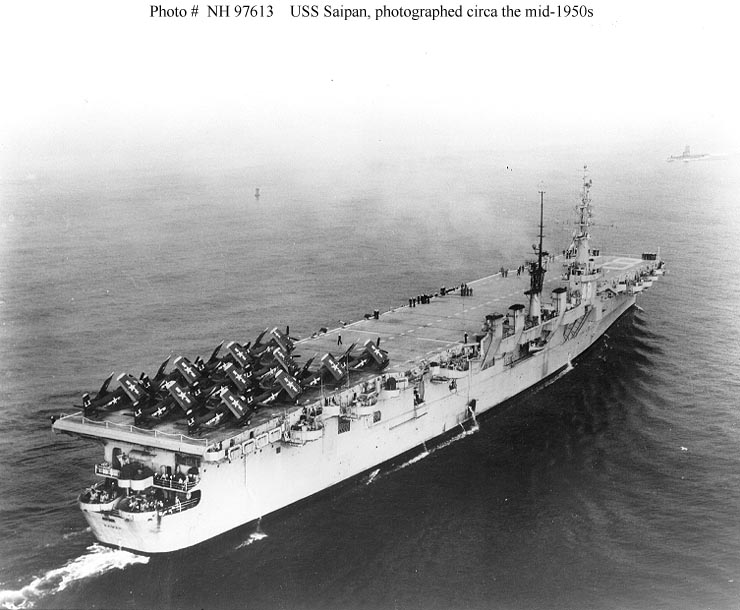 |
| Internet |
Ce bâtiment est le deuxième bâtiment a porté le nom de Saipan .Le premier bâtiment fut un porte-avions qui a été mis en service le 14 juillet 1946 à New York i 11 mois après la fin de la Deuxième Guerre Mondiale et il a servi à l’ entraînements des pilotes et des mises au point des procédures d'atterrissage et de décollage des avions à réaction
En octobre 1953 il est envoyé en Corée ils revient aux États-Unis par le canal de Suez pour être radier des listes de l'US Navy en 1957. ais sa vie continuera car il est réactivé en tant d’Arlington (AGMR2) le 8 avril 1965 et devient un bâtiment de communications il continue à servir au Vietnam et il est finalement arme retiré du service actif le 14 janvier 1970.
USS SAIPAN LHA 2
L’USS Saipan LHA a été lancé le 21 juillet 1972 aux chantiers Ingalls à Pascagoula ( Mississipi) et c’est le second navire de la classe TARAWA - amphibious assault ship et le second navire de l’ US Navy a porter ce nom Ce bâtiment a été conçu pour faire un le travail de divers types de bâtiment.
 |
| USS Tarawa |
Landing Platform Helicopter (LPH) bateau d’assaut amphibie
Landing Platform Docks ou transport de chaland de débarquement
LKA, or Amphibious Cargo Ship navire de transports assaut amphibies
LCC Landing Ship Command and Control
Landing Ship Dock transport de chaland de débarquement
Donc ce bâtiment est un bâtiment de transport amphibie et en même temps un bateau de débarquement
Ila a été admis au service actif le 15 Octobre 1977
SA première mission eut lieu en Juillet 1979 aux larges des cotes du Nicaragua en proie à la guerre civile a évacuer des citoyens américains En mai 1980 il porte secours aux refugies cubains qui fuient leur pays Ensuite il est envoyé en Méditerranée en Aout 1980 et y retourne en Septembre 1981 (exercices OCEAN VENTURE, DISPLAY DETERMINATION, BRIGHT STAR and NATIONAL WEEK)
entre Aout 1982 et Juillet 1983 il est en travaux à Norfolk ( Virginie ) et en septembre 1983 il participe à l’opération URGENT FURY sur Grenade
Il retourne ensuite en Méditerranée en 1985 avant de subir un autre grand carénage entre octobre 1985 En Aout 1986 il revient en Méditerranée
En Septembre 1990 il est au large du Liberia pour porter secours lors des évacuations de civils (Opération SHARP EDGE ) Ensuite comme unité du ARG 3-91 il participe à l’opération DESERT STORM.
Ensuite l’USS SAIPAN reste basé en Méditerranée avec la 26e Marine Expeditionary Unit (Operations DENY FLIGHT et PROVIDE PROMISE ) . avec un nouveau grand carénage en 1994
Il retourne en Méditerranée en 1996 et 1998 Ensuite il croise en Adriatique en 2000
En 2005, il est déployé en Haïti comme Naval Mobile Construction Battalion (il est NMCB)
Il aide les victimes d’un ouragan
En Décembre 2006, l’ USS Saipan est déployé pour la dernière fois . Depuis il a été retire du service actif le 20 Avril 2007 et il a servi pour teste des armes et des solutions de secours et de survie pour les intégrer sur les nouvelles constructions navale Apres ces séries de test il a été envoyé au Philadelphia Naval Ship Yard et le 22 mai vendu pour la ferraille
Caractéristiques
Commandé: Novembre 1969 mis sur cale Juillet 1972 Lancé Juillet 1974 admis eau service
Octobre 1977 Retrait service Avril 2007
Chantiers Ingalls Shipbuilding, West Bank
Déplacement: approx. 39,300 tonnes
Equipage 82 officiers, 882 matelots Marines 1,900+
Longueur 254 mètres
Largeur Pont d’envol 40.3 mètres
Largeur 32.5 mètres
Tirant d’eau 8 mètres
Propulsion 2 chaudières, 2 turbines vapeur 2 hélices
Vitesse 24 nœuds
Ascenseurs: 2
Equipement Médical (Hôpital )
Armement
2 xRolling Airframe Missile Systems,
4x 25mmMl 25 mm Gun Mount
2x Phalanx CIWS,
5x 50 Cal. Mounts
Parc Aérien (selon mission)
6 AV 8b Harrier attack planes / 4 hélicoptères AH-1W Super Cobra attack/ 12 hélicoptères Sea Knight / 9 hélicoptères Sea Stallion/ 4 hélicoptères UH 1N Huey
6 AV 8b Harrier attack planes / 12 hélicoptères Sea Knight / 9 hélicoptères Sea stallion
USS. Saïpan LHA 2 Omnia Facimus" - "We do it all"
.jpg) |
| Internet |
Photoscope ( Walk Around ) 1
USS. Saïpan LHA 2
Amphibious Assault Ships - LHA/LHD/LHA(R) Description
.gif) |
| USS Tarawa |
The Tarawa class ships resemble at a small aircraft carrier . This Amphibious Assault Ships are the cornerstone of the Amphibious Readiness Group (ARG) / Expeditionary Strike Group (ESG).
These ships transport and land elements of the Marine Expeditionary Brigade (MEB) with a combination of aircraft and landing craft.
So they are able to receive
Vertical/Short Take-Off and Landing (V/STOL),
Short Take-Off Vertical Landing (STOVL),
Vertical Take-Off and Landing (VTOL)
tilt-rotor and Rotary Wing (RW) aircraft
This ship was built for the replacement of some us vessels type as.
Landing Platform Helicopter (LPH)
Landing Platform Docks
LKA, or Amphibious Cargo Ship
LCC Landing Ship Command and Control
Landing Ship Dock
So this ship was an Amphibious Assault Ships but also a Landing Ship Command and Control
They contains a well deck to support use of Landing Craft Air Cushion (LCAC) and other watercraft Tarawa-class LHA and now Wasp-class LHDs provide the Marine Corps with a means of ship-to-shore movement by helicopter in addition to movement by landing craft.
.jpg) |
This LHAs with extensive storage capacity and Landing Craft Utility (LCU)/ Landing Craft, Air Cushion (LCAC) boats —would be used fot military operation s ( Urgent Fury Desert Shield / Storm Operation Enduring Freedom Iraqi Freedom) but also they would be used in major humanitarian-assistance, Tsunami in 2004. Katrina support
The first LHA were orderd in 1969 and commissioned between 1976 and 1980
LHA 1 USSTarawa 1976
LHA 2 USS SAIPAN 1977
LHA 3 USSBElleau Wood ex Philippine Sea 1978
LHA 4 USS Nassau (ex-Leyte Gulf) 1979
LHA 5 USS Peleliu (ex-Da Nang, ex-Khe Sanh) 1980
The other 3 were cancelled Two of the original five Tarawa-class LHAs were decommissioned:
USS BELLEAU WOOD (LHA 3) in October 2005 and USS SAIPAN (LHA 2) in April 2006
A new serie of LHA named LHD is now in service Name Number
.jpg) |
USS WASP LHD-1
USS Essex LHD-2
USS Kearsarge LHD-3
USS Boxer LHD-4
USS Bataan LHD-5
USS Bonhomme Richard LHD-6
USS Iwo Jima LHD-7
USS MAKIN Islands
LHD-8
LHD-9
LHD-10
This amphibious warfare ships provide fully capable Expeditionary Strike Groups to fulfill anticipated forward-presence and expeditionary requirements.
This new ships are most powerfull with a gas turbine engines instead the steam turbines, an enlarged hangar deck, enhanced aviation maintenance facilities, increased aviation fuel capacity, additional aviation storerooms, removal of the well deck, and an electronically reconfigurable C4ISR
USS SAIPAN
USS SAIPAN will be named in honour of the Island Saipan where in 19444 take place a bloody battle between US Marine corps and Japanse
This little pacific island see in june 1944 the attack by the V° US Fleet under admiral Spruance orders In the same time USA attack alsoMarian Islands Guam and Tinian
Après 4 bombardments days 2nd et 4th USM Divisions land upon island
2000 soldiers were killed the first day . At least 16 500 men with 13000 US Soldiers were KIA
.jpg) |
| |
He was the second ship of the TARAWA class The first was a escort aircraft carrier launched in 1946 and used since 1957 as aircraft launcher and after as d’Arlington (AGMR2)in il 1965 since 1970
SAIPAN's keel was laid by Ingalls Shipbuilding Co. atPasagoula Mississipi on 21 July 1972. and commissioned on 15 October 1977.
His first operational career began in July 1979 when he was diverted from Fleet Refresher Training to "Special Contingency Operations" for possible non-combatant evacuation of American personnel from Nicaragua during that country's civil war and In May 1980, USS SAIPAN assist Cuban refugees crossing the Straits of Florida
On August 1980, SAIPAN go to Mediterranean sea where he return on September 1981, for a second tour During that deployment, SAIPAN participated in Exercises OCEAN VENTURE, DISPLAY DETERMINATION, BRIGHT STAR and NATIONAL WEEK.
From August 1982 through July 1983, SAIPAN was in Naval Shipyard for her first scheduled, complex overhaul. In September 1983, SAIPAN participate in Operation URGENT FURY off Grenada.
SAIPAN go after for her third Mediterranean deployment on January 1985
After a maintenance period from October 1985 to February 1986 USS Saipan SAIPAN departed on her fourth Mediterranean deployment. From 17 March 1990 through 17 September 1990, SAIPAN was deployed to the Mediterranean and conducted the evacuation of approximately 1,600 civilians from war-torn Liberia in support of Operation SHARP EDGE and after from September 1991 to March 1992, USS SAIPAN was deployed to the Persian Gulf as a unit of ARG 3-91 in support of Operation DESERT STORM. SAIPAN again deployed to the Mediterranean on 17 March with the 26th Marine Expeditionary Unit in support of Operations DENY FLIGHT and PROVIDE PROMISE . The ship returned to USA September 1993, for her third scheduled complex overhaul since April 1994 . SAIPAN has deployed twice more to the Mediterranean, in 1996 and 1998.
In 2005, she deployed to Haiti where she offloaded Seabees from Naval Mobile Construction Battalion (NMCB) One, and nearly 1,200 tons of equipment used to rebuild schools and wells in the hurricane-ravaged country. In December 2006, SAIPAN returned from her final deployment. Both decommissioned and stricken from the Navy list on April 20, 2007, the SAIPAN was subsequently used for weapons effect testing, providing vital information on structural integrity and survivability assisting in the designing and planning of future ships. After the tests the SAIPAN was transferred to the inactive fleet and was now laid up at the Philadelphia Naval Ship Yard awaiting final disposal. On May 22, 2009, the SAIPAN was sold for scrapping
Technical data
Awarded: November 1969 Keel laid: July 21, 1972 Launched: July 18, 1974 Commissioned:
October 15, 1977 Decommissioned: April 25, 2007
Builder: Ingalls Shipbuilding, West Bank
Displacement: approx. 39,300 tons full load
Crew: Ship: 82 officers, 882 enlisted Marine Detachment: 1,900+
Length: 254 meters
Flight Deck Width: 40.3 meters
Beam 32.5 meters
Draft 8 meters
Propulsion system: two boilers, two geared steam turbines Propellers: two
Speed: 24 knots
Aircraft elevators: two
Medical equpement (Hospital )
Armament
2 xRolling Airframe Missile Ssystems,
4x 25mmMl 25 mm Gun Mount
2x Phalanx CIWS,
5x 50 Cal. Mounts
Aircraft: (depends upon mission)
6 AV 8b Harrier attack planes / 4 AH-1W Super Cobra attack/ 12 Sea Knight helicopters / 9 Sea stallion/ 4UH 1N Huey
6 AV 8b Harrier attack planes / 12 Sea Knight helicopters / 9 Sea stallion






.jpg)
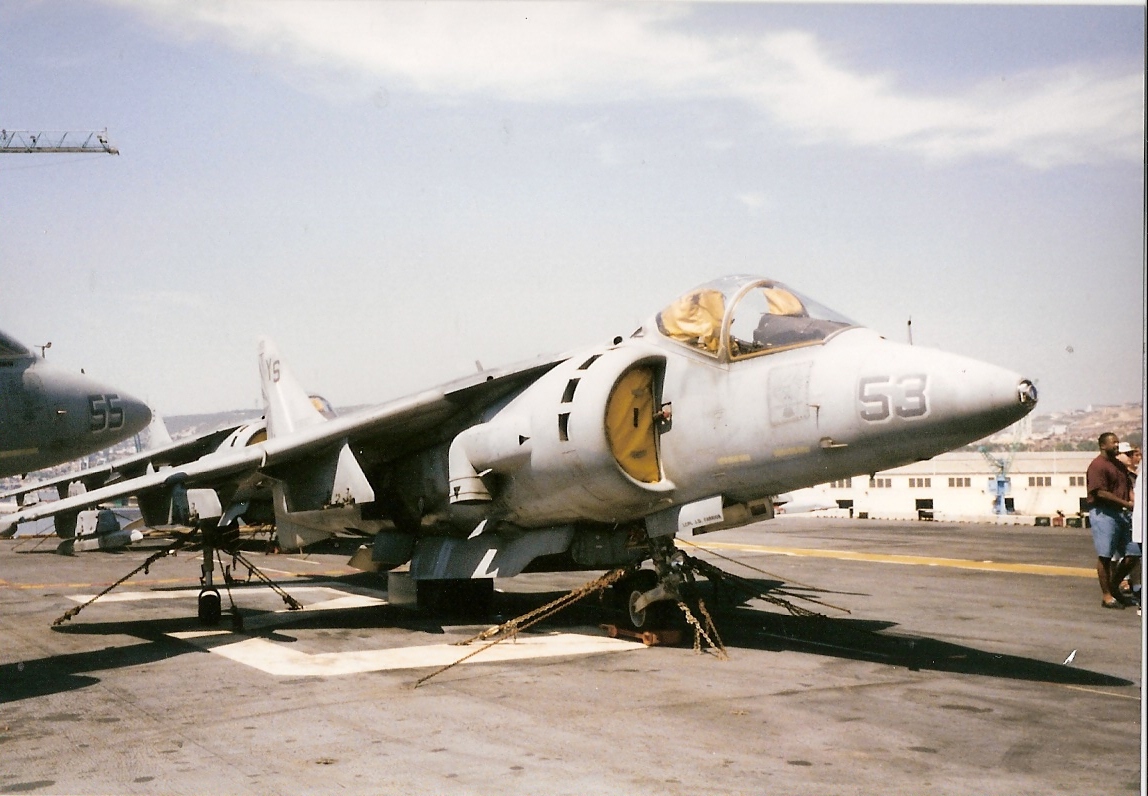

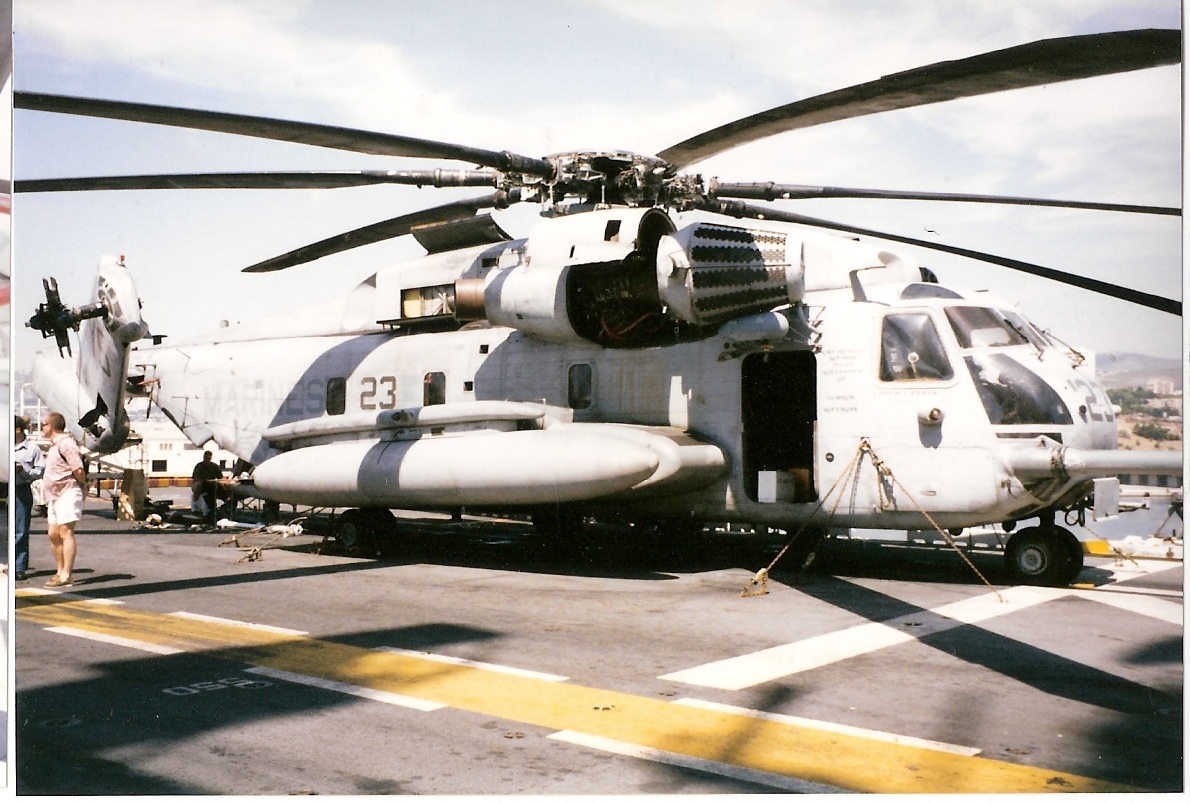
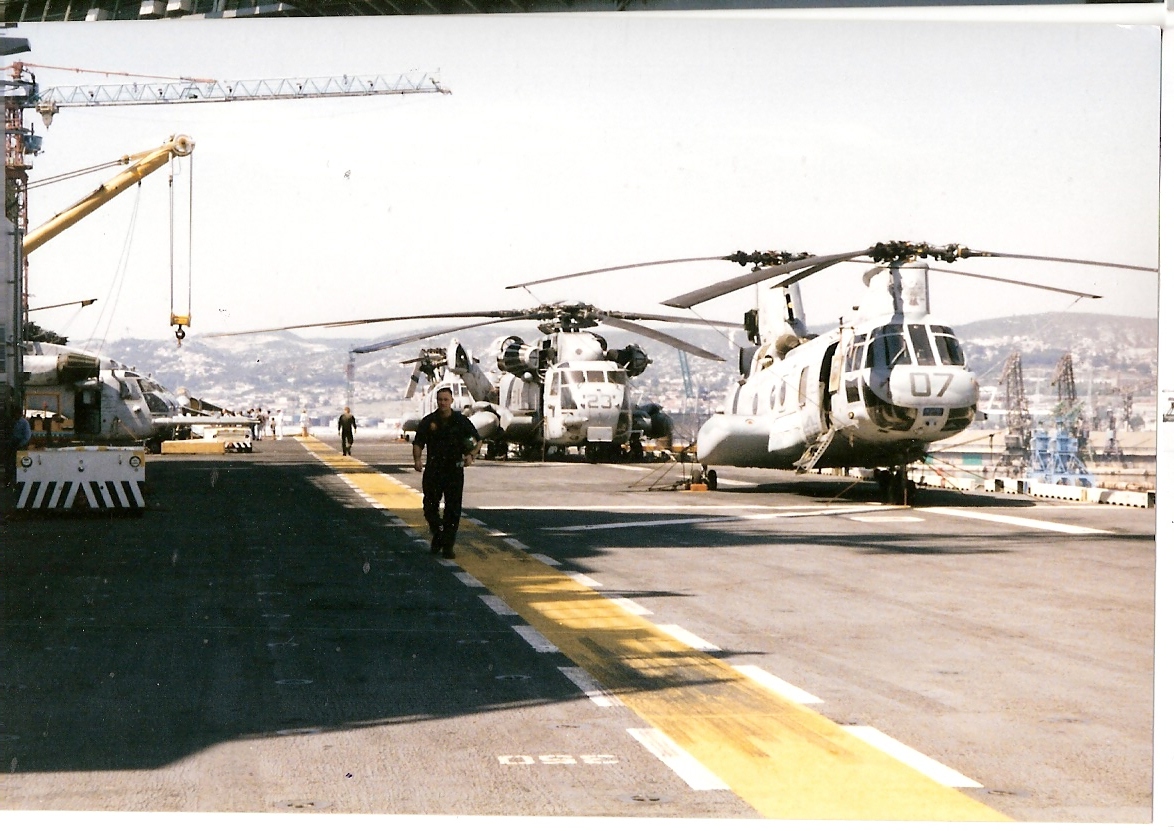
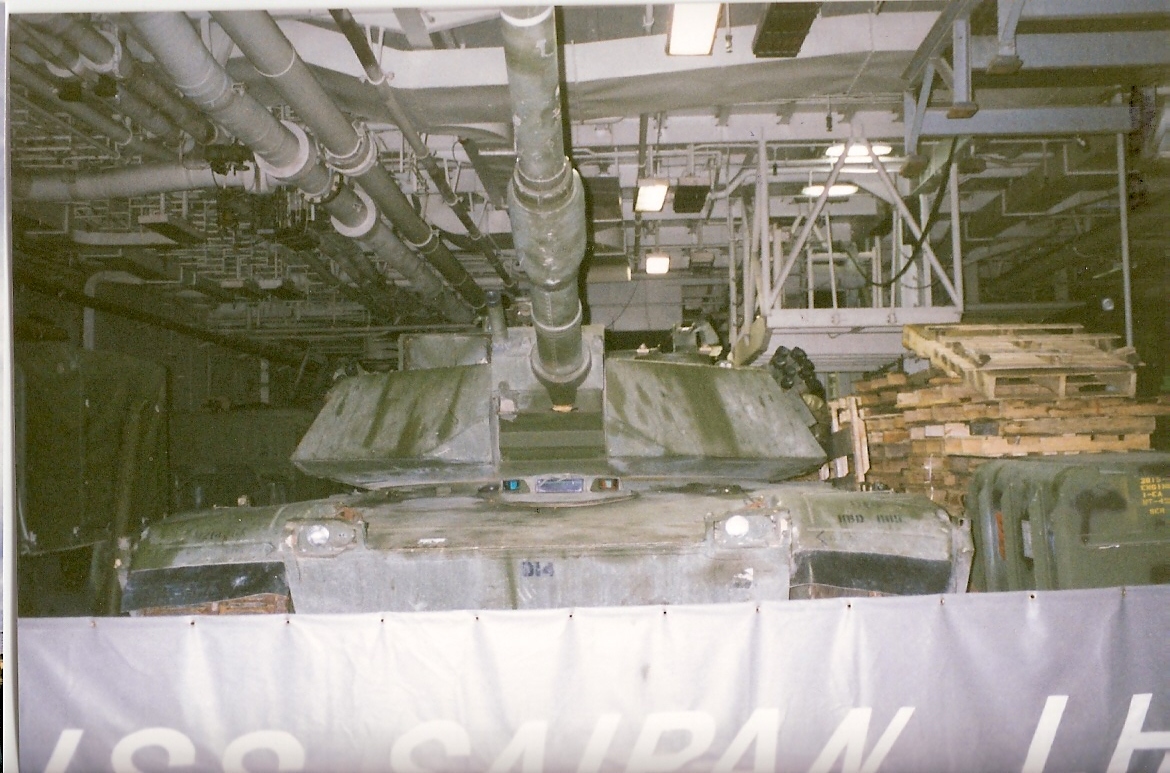
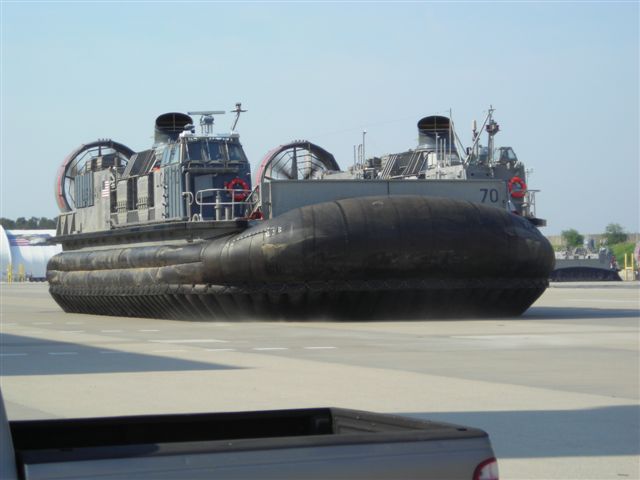
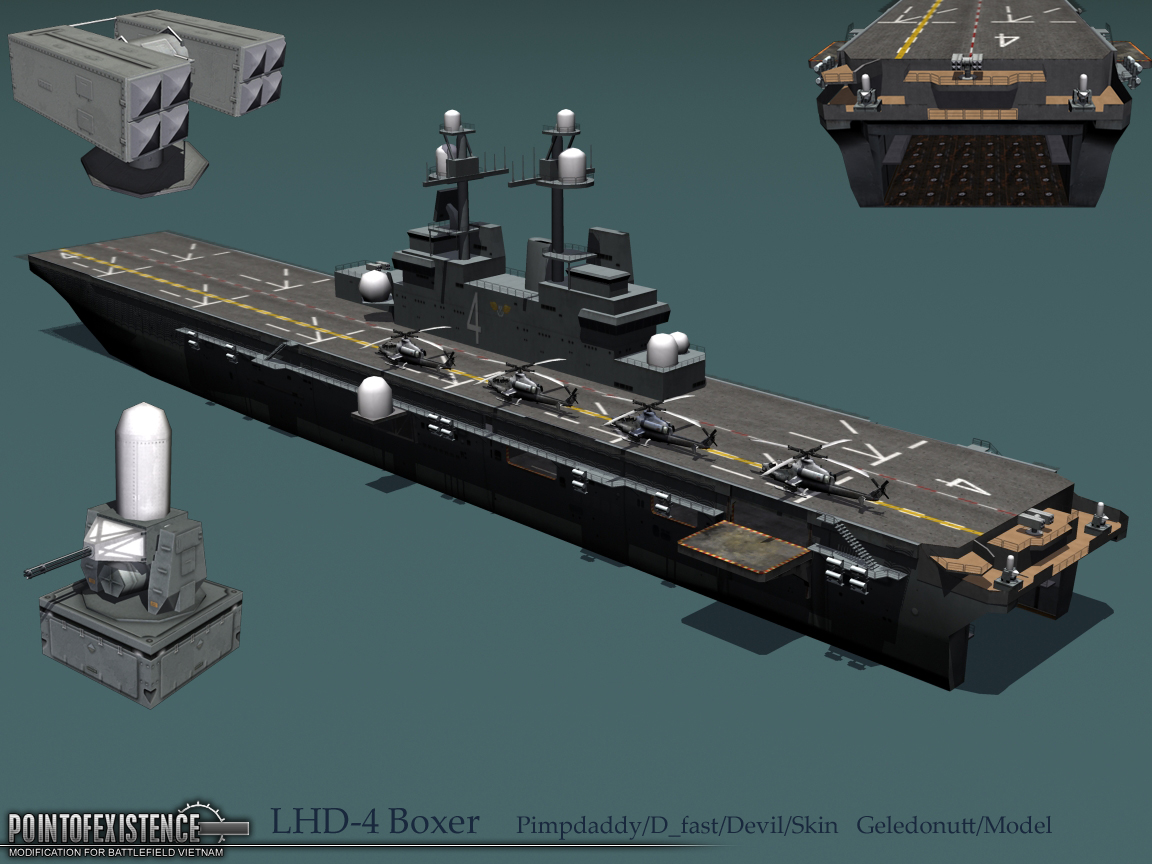
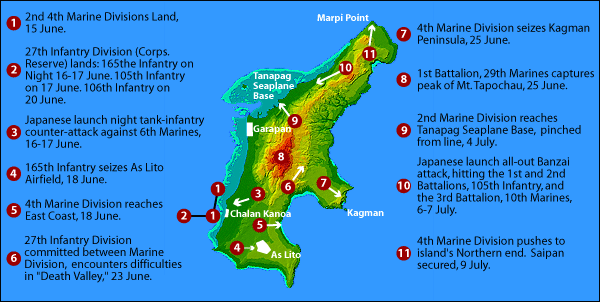
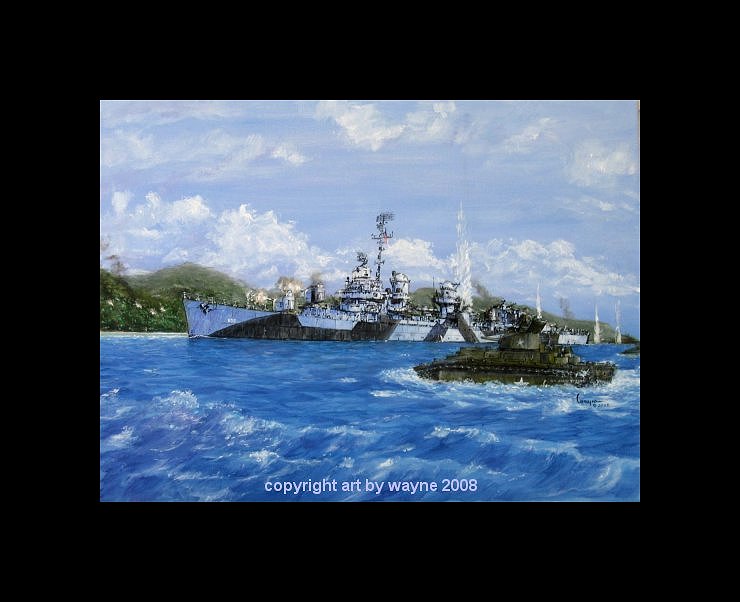


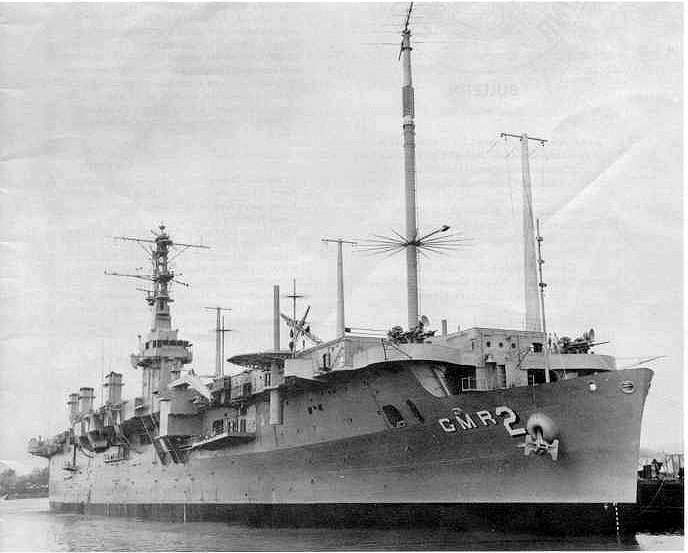
.jpg)
.jpg)
.jpg)
(1).jpg)
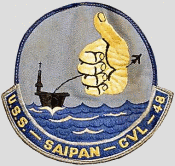
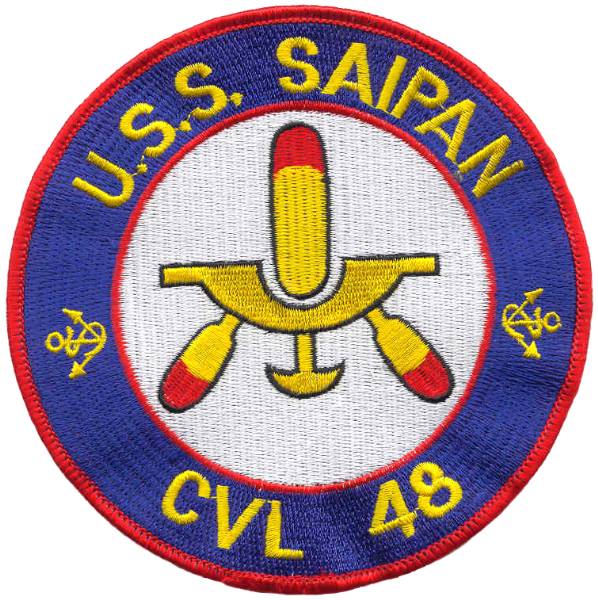
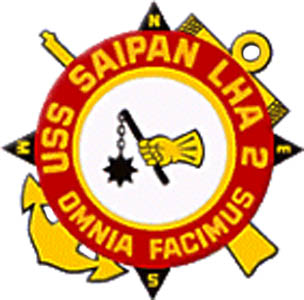
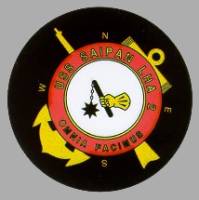
.jpg)
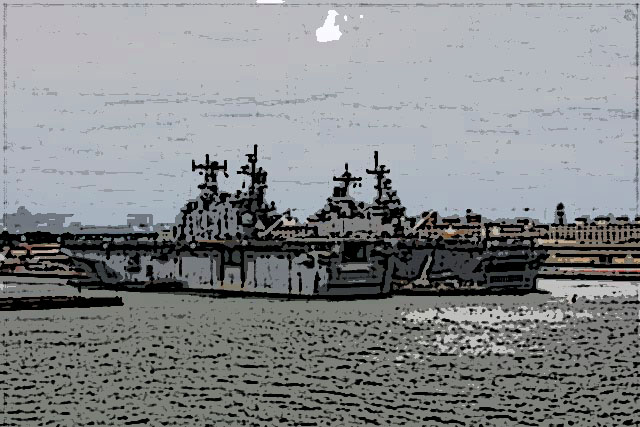
.gif)
.jpg)
.jpg)
.jpg)
.jpg)
.jpg)
(1).jpg)
(1).jpg)
(1).jpg)
.jpg)
.jpg)
.jpg)
.gif)
.jpg)
.jpg)